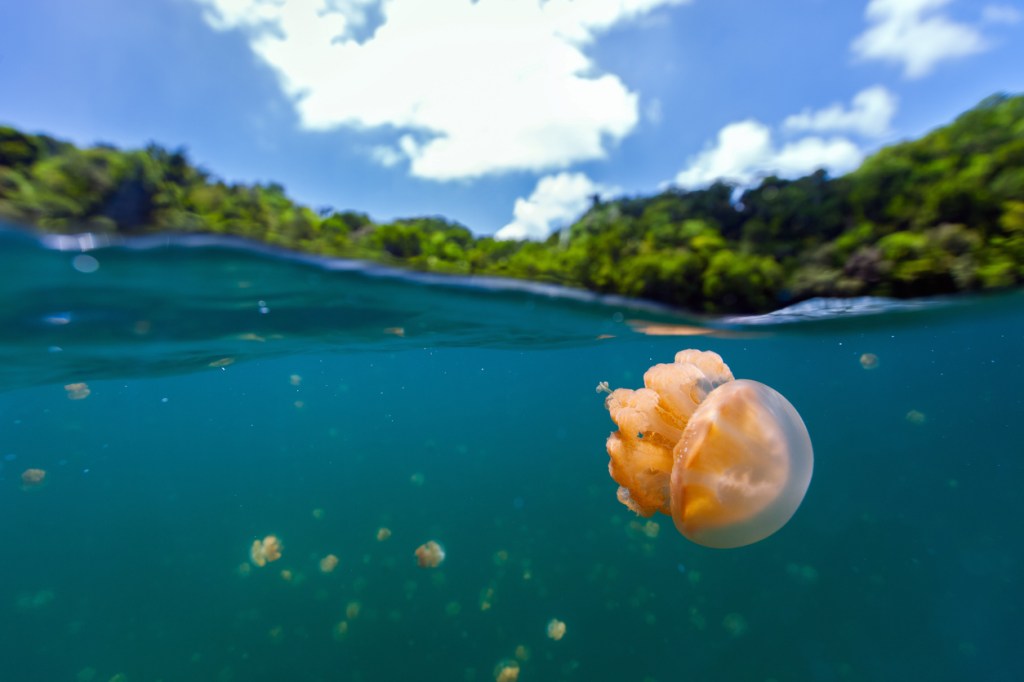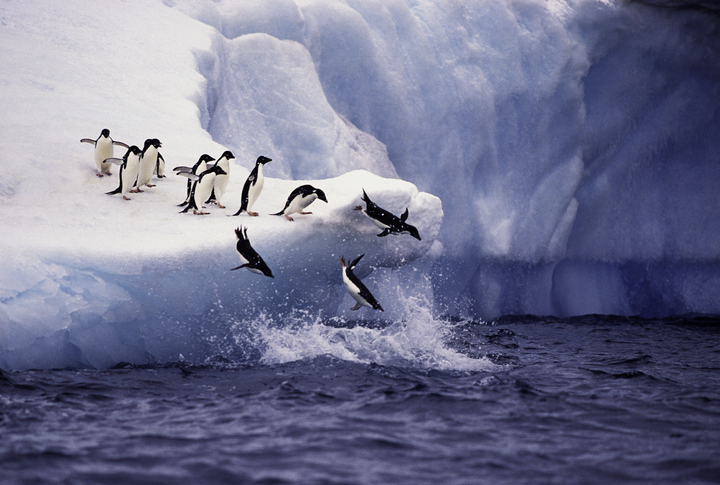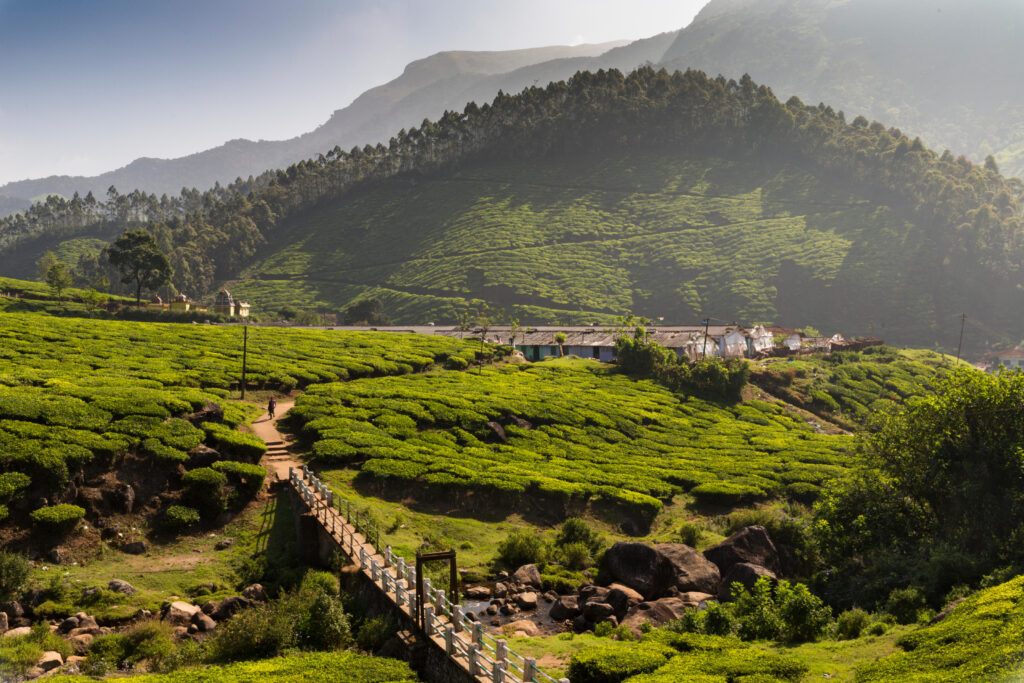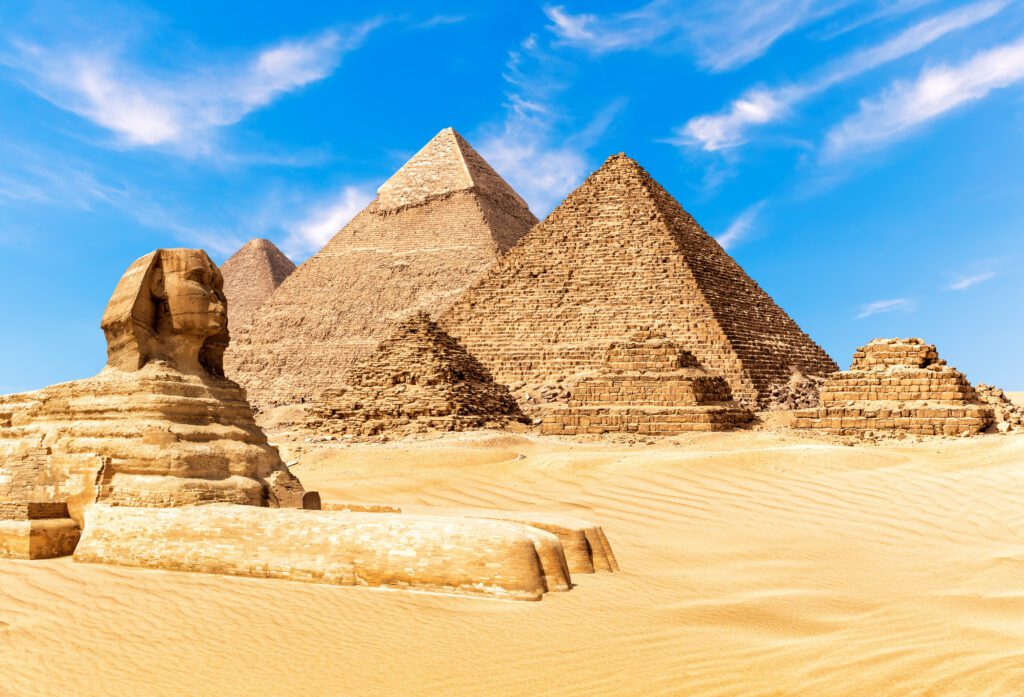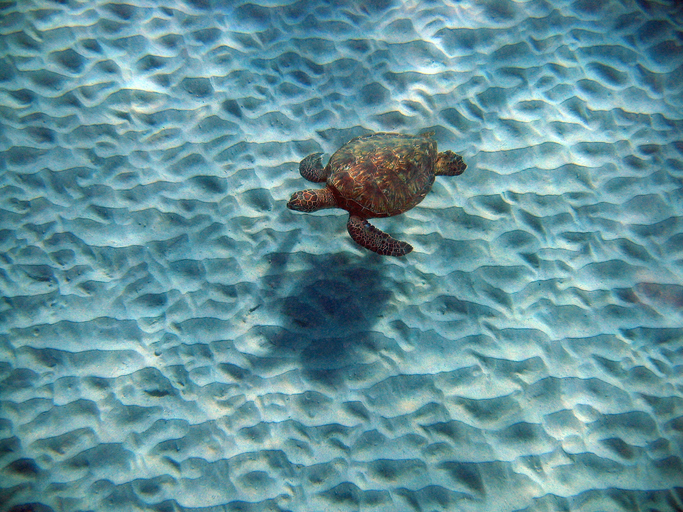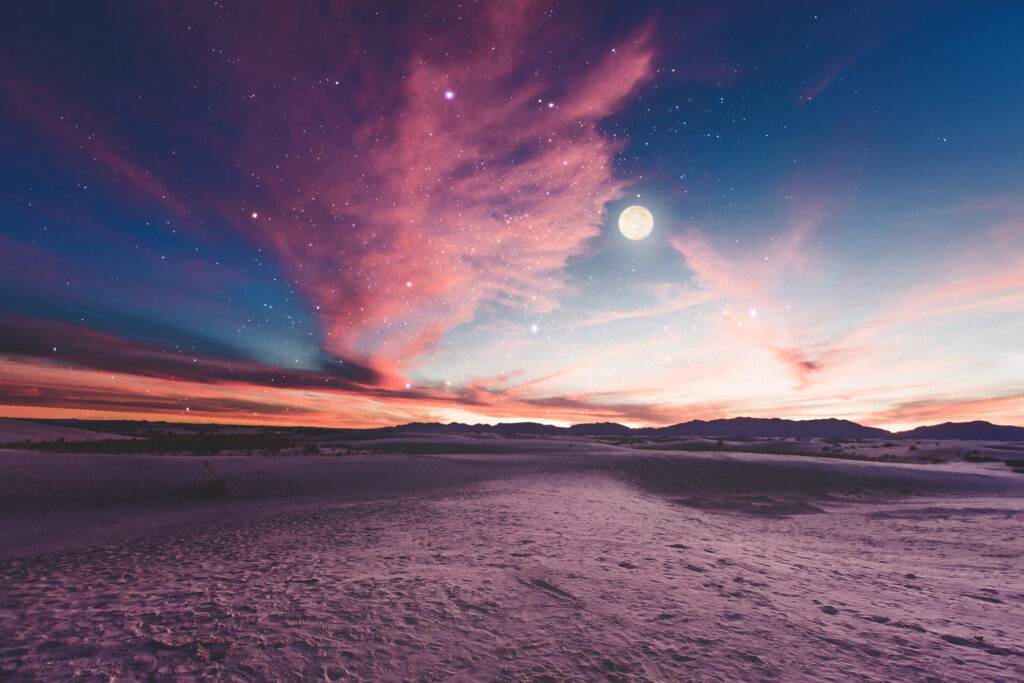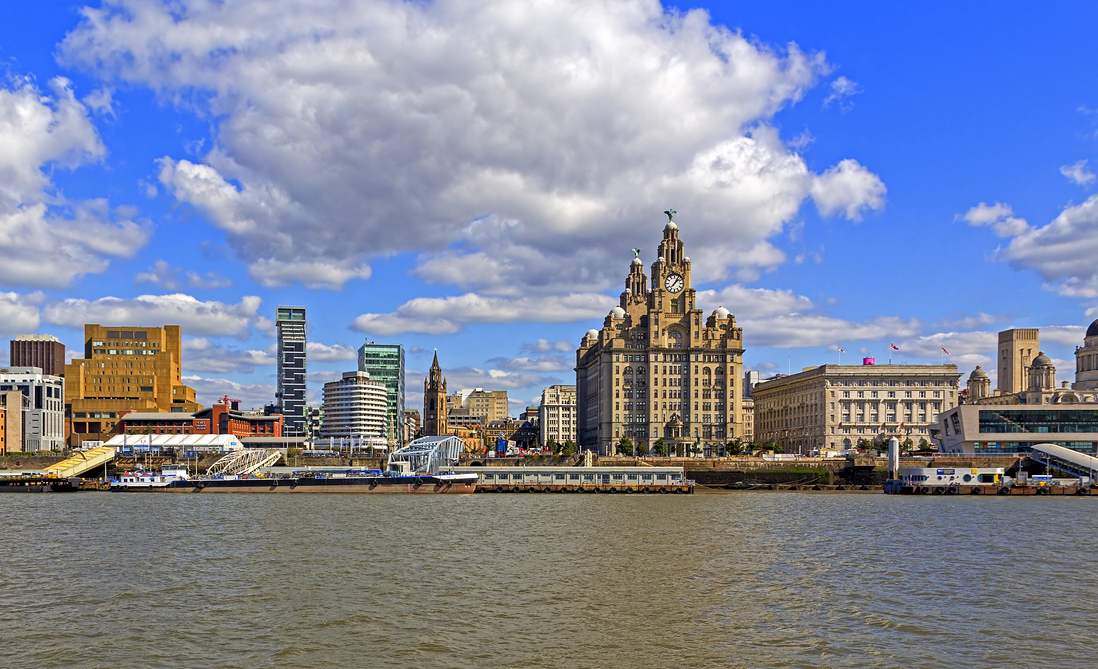Tucked in a lake on a remote island country in the western Pacific lives a mysterious and rare creature. They’re small and squishy, they don’t have a brain, heart, or eyes, and they have stingers that don’t cause pain. Meet the golden jellyfish: a unique, gold-colored subspecies that draws visitors from all over the world to Palau to swim with them.
These jellies have found their home in Jellyfish Lake, which is located on the tropical archipelago, and unlike most jellyfish, golden jellyfish are considered essentially harmless with stingers that are too mild to hurt people.
“I would normally be scared, but nothing’s going on, I mean, they don’t sting me,” Eyren Yepez, a tourist from Nashville who visited Palau to meet the rare jellyfish, told CBS News. “I just touch them.”
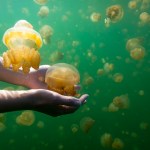
Wondering how these jellyfish ended up here and nowhere else on the planet? Marine researcher Gerta Ucharm explained that the area was a “dry depression” about 20,000 years ago. However, as sea levels rose and filled the depressions, inland marine lakes were formed. There, jellyfish got trapped — and the country’s bucket list-worthy oasis was created.
RELATED: Sea Turtles Are Swimming in Safer Oceans After a Decrease in Poaching
Golden jellies not only have unique stingers, but they also have a unique way of life. While some jellyfish are passive drifters, golden jellies are not. These jellyfish have adapted to their way of life in the lake, including their “special and beneficial” relationship with algae, according to the Coral Reef Research Foundation (CRRF). “The golden jellyfish have zooxanthellae, symbiotic algae (dinoflagellates), living in their tissues,” the foundation explains. The swimmers move in migratory patterns, swimming toward the sun throughout the day while also rotating around the lake. This ensures that the algae get adequate sunlight for photosynthesis, and in return, “the algae gives the jellyfish some energy and nutrients.”
The lake is estimated to have had about 30 million golden jellies in the early 2000s. But in 2016, the population dwindled and became virtually absent due to extreme drought. CNN also reported that “human activities — such as bringing non-native and invasive species and harmful sunscreen pollutants to the lake,” are also linked to the diminishing numbers. In an effort to recover the population, the lake was closed off to visitors in May 2017 — a decision from the Palau government that proved to be successful.
By the end of 2018, the jellyfish had rebounded in the lake and tourists were welcomed to swim and snorkel again with these extraordinary creatures. According to the CRRF, there are typically around 5 million golden jellyfish in the 1,312-foot-long lake.
Per a prior statement from Palau’s government officials at the time of reopening, “Site managers are confident that the populations of jellyfish will make a full recovery and monitoring data from CRRF supports this expectation. While the jellyfish lake is open, management will continue to integrate appropriate safeguards to ensure the protection and sustainable use of this unique site.”

Jellyfish Lake, known locally as Ongeim’l Tketau, is the only marine lake of about 50 in the area that tourists can visit — and is the most famous. This lake has been written about in Travel & Leisure, The New York Times, and many other publications. It was also featured on season 10 of the reality competition show Survivor.
For those eager to immerse themselves in these jellyfish-filled waters, keep in mind that you will need to go through a certified tour guide and also sign a passport ego pledge before entering Palau.
However, scuba diving is off limits: About 45 feet below the surface, there are layers of bacteria and poisonous hydrogen sulfide gas, making it unsafe to swim near.
Beyond Jellyfish Lake, Palau is also dubbed one of CEDAM International’s Seven Underwater Wonders of the World for its biodiverse reefs, and its Southern Lagoon (which includes Jellyfish Lake) is a UNESCO World Heritage Site.
RELATED: Meet the Natovenator: The First Known Swimming Dinosaur With a Mouth Full of Tiny Teeth
